First, the science: This week's full Moon is the biggest and brightest of 2023. Astronomers call it a "perigee moon." The Moon's orbit is an ellipse with one side ("perigee") about 50,000 km closer than the other ("apogee"). Full Moons that occur on the perigee side of the Moon's orbit are extra big and bright. This week's Moon will become full within 9 hours of perigee, making it the closest full Moon of the year (357,181 km away).
Next, the hyperbole: About 10 years ago, many science journalists and even some astronomers started calling perigee Moons "supermoons." A supermoon is 8% bigger and 15% brighter than an average full Moon. Would you call Clark Kent "super" if he were only 8% faster and 15% stronger than an average human? No, but let's roll with it! People love super things.
Finally, the folklore: You've probably heard the expression "Once in a blue Moon." It means "rare." Modern folklore provides a more precise definition. When there are two full Moons in a calendar month, the second one is "blue." Such blue moons come along every 2 to 3 years. August already had one full Moon on Aug. 2nd; now it is about to have another (blue) one on Aug. 30th.
In summary, this week's Super Blue Moon will be about 15% bigger and more gorgeous than an average moon. Go out after sunset on Aug. 30th, look east, and watch it rise into the darkening summer sky.
https://spaceweather.com/
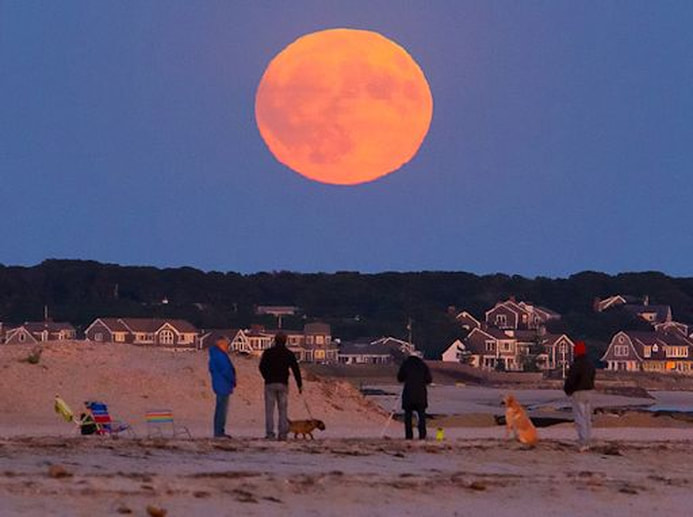
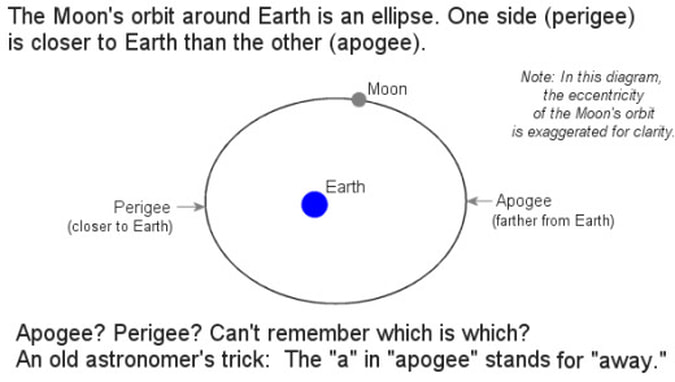
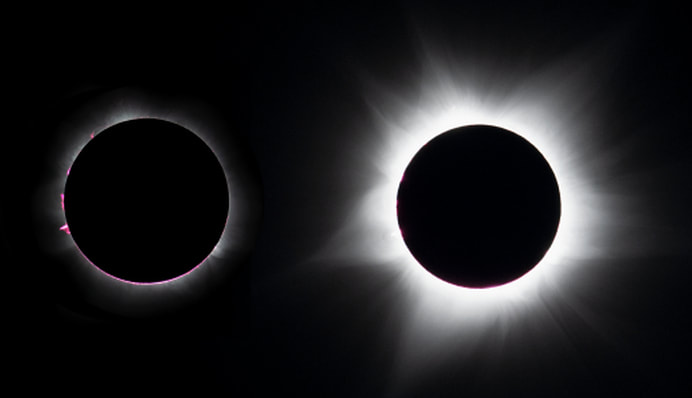
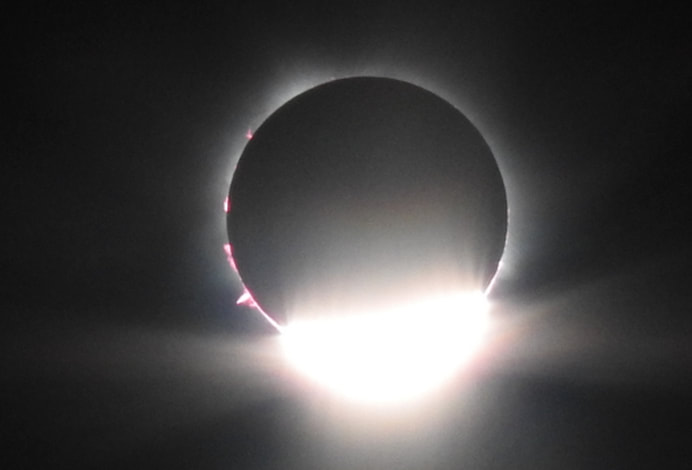
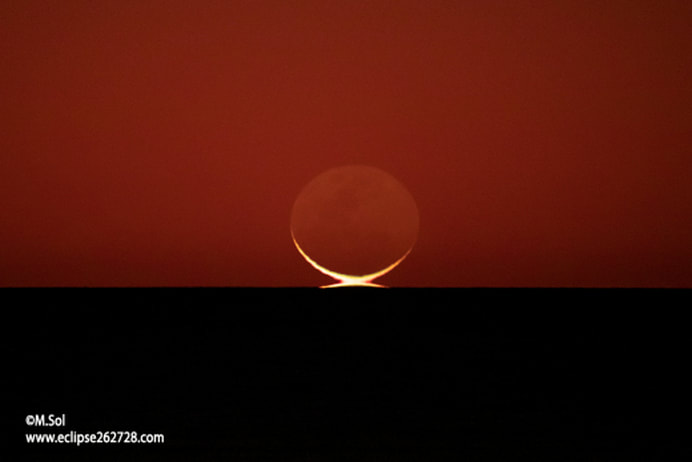
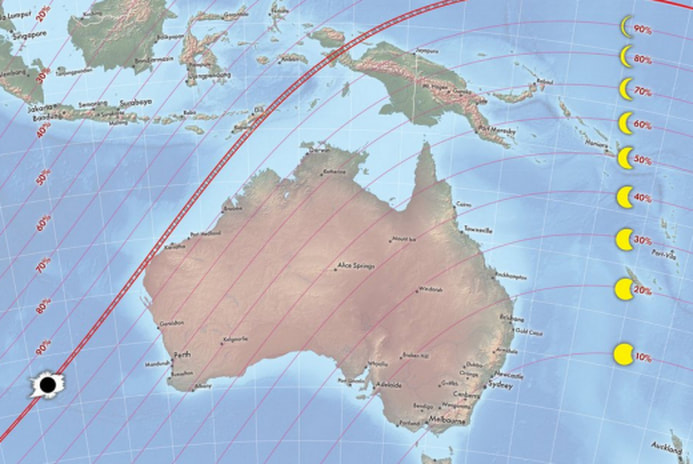
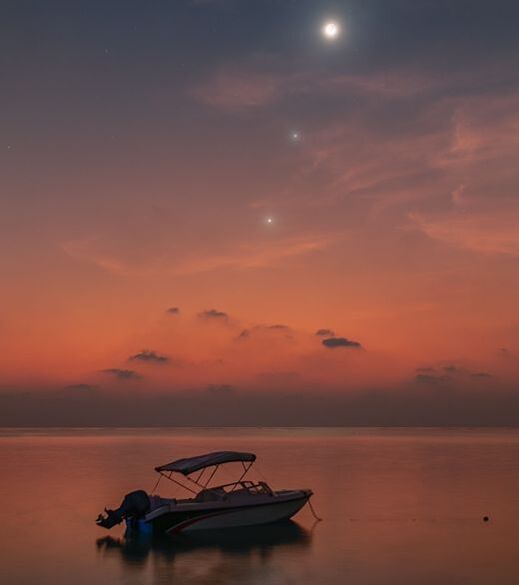
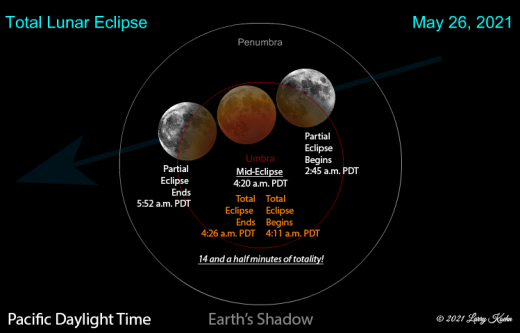
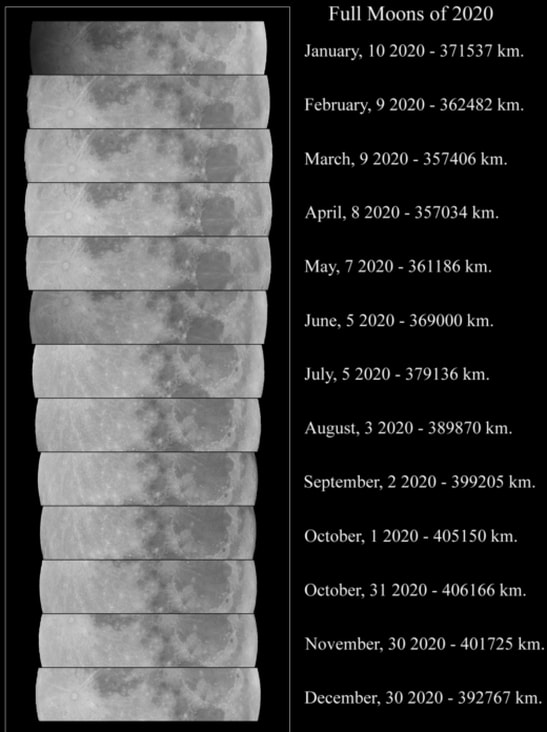
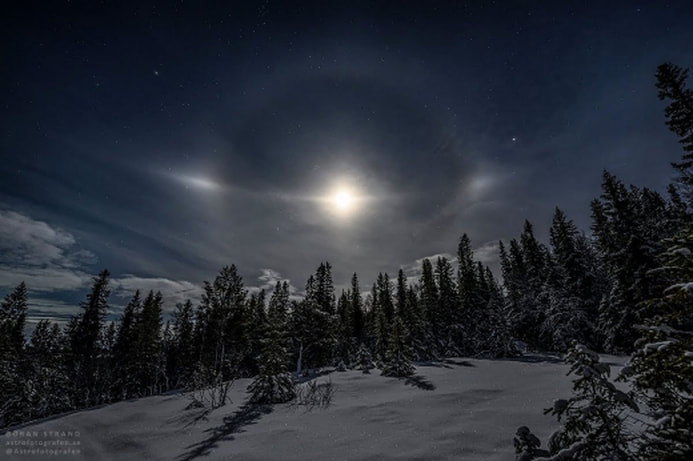
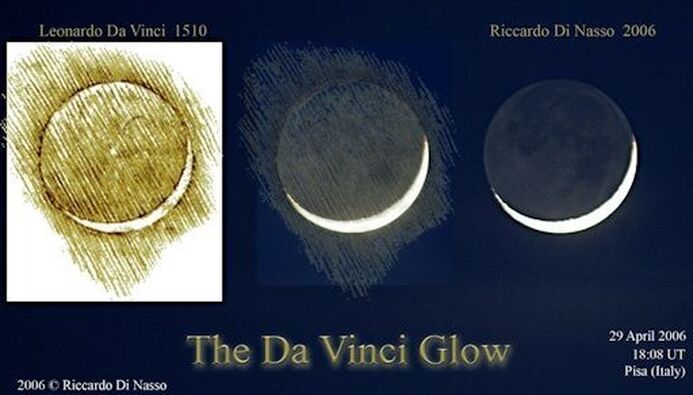
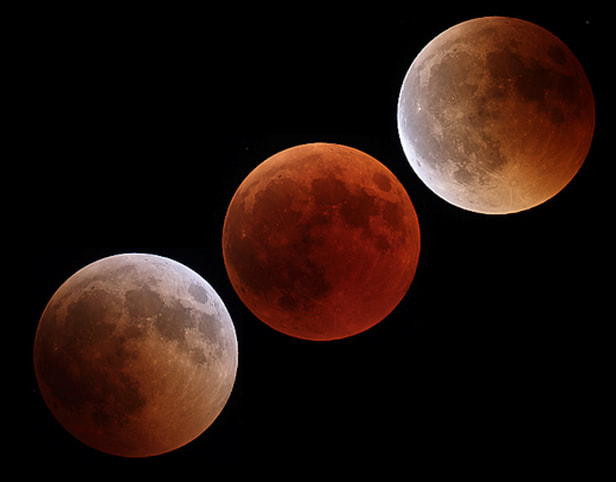
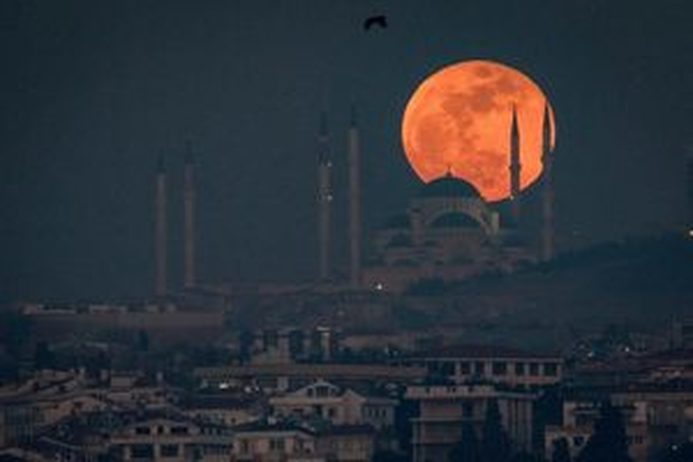
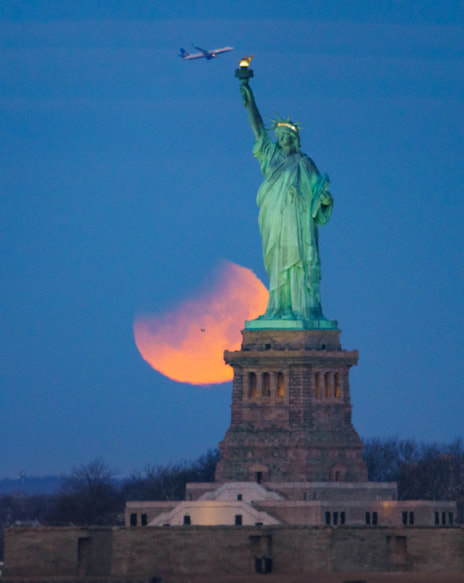
 RSS Feed
RSS Feed